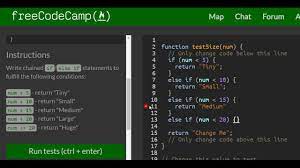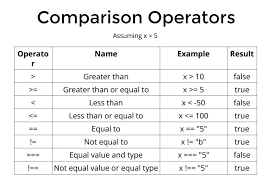An if/else statement in Javascript is used to run a code if the condition is either true or false. These statements allow you to integrate more complex situations within your code. If the condition is true then a certain block of code will be executed as an output. If the condition is false then the “else” part of the condition will execute a differing statement.

In this example, the if/else statement is being used. It is stating that if the number that is inputed is less then 5, the function will execute the phrase “tiny”. If that condition is not true for the number inputed and it is greater than 5 but less than 10, the phrase “small” will be executed. So in simple words if the “if” condition is true then it will execute the statement regarding it being true. If it false, it will move on to the next “else if” statement and if it is true there, it will execute that statement, and so on and so forth until it finds a condition that lies true for that inputed number.
Nan stands for “is not a number”. IsNan will return true if the value that was inputed is not a number (Nan). The purpose of IsNan is to test if the number that was inputed is the value Nan, meaning it is not a number.
Boolean expressions are used to compare certain variables. These expressions always return true or false as the output. These operators allow for the exclusion and inclusion of certain variables within the code. Listed below are the operators often used in Javascript:

This example shows that the outputs of each example are either true or false, based on the boolean expression used in the code. In the first example, x=5, and the expression states that x > 10, which is false, so the code executes “false”.
Leave a Reply
You must be logged in to post a comment.